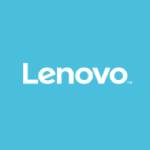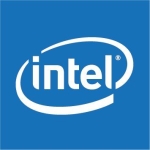There are concerns about the HPE team in the Southeast Asia region, suggesting a need for improvements in terms of responsiveness. There have been instances where the response time was slow, causing challenges during urgent situations. Its stability also needs to improve.
I have been using the product for five years.
We haven't received any complaints about the tool's stability. It works properly in a five-year lifetime.
I rate the solution's scalability an eight out of ten.
The product's competitor is Dell.
The solution's deployment was easy.
The solution's pricing is high. It needs to be more flexible. The flexibility would be beneficial for our clients, especially in a competitive market. Adding additional features and addressing complex requirements on top of the price can be challenging for us as a reseller.
In project tenders, system requirements are specified, including the number of cores, storage, and personnel needed. The information is shared with the HPE team to prepare a BQ specifying the server model to be used. The tool is a good physical server.
The choice of server category or type is not specific and varies case by case. Customers may initially purchase higher servers than their immediate requirements, anticipating future use cases. It's a complex decision and depends on individual circumstances.
The product's roadmap seems to be good. Its deployments are mostly on-prem due to government regulations.
The product is purchased specifically for security solutions, not for the entire data center stack. It is recommended for medium to enterprise-level customers.
I rate the overall solution an eight out of ten.













